
Proven Health Benefits of Eating Eggs Based on Evidence
The benefits of eggs are sometimes overshadowed by mainstream media attention to their potential drawbacks.

The benefits of eggs are sometimes overshadowed by mainstream media attention to their potential drawbacks.

A simple Japanese food hack keeps leftover rice soft, fresh, and tasty.
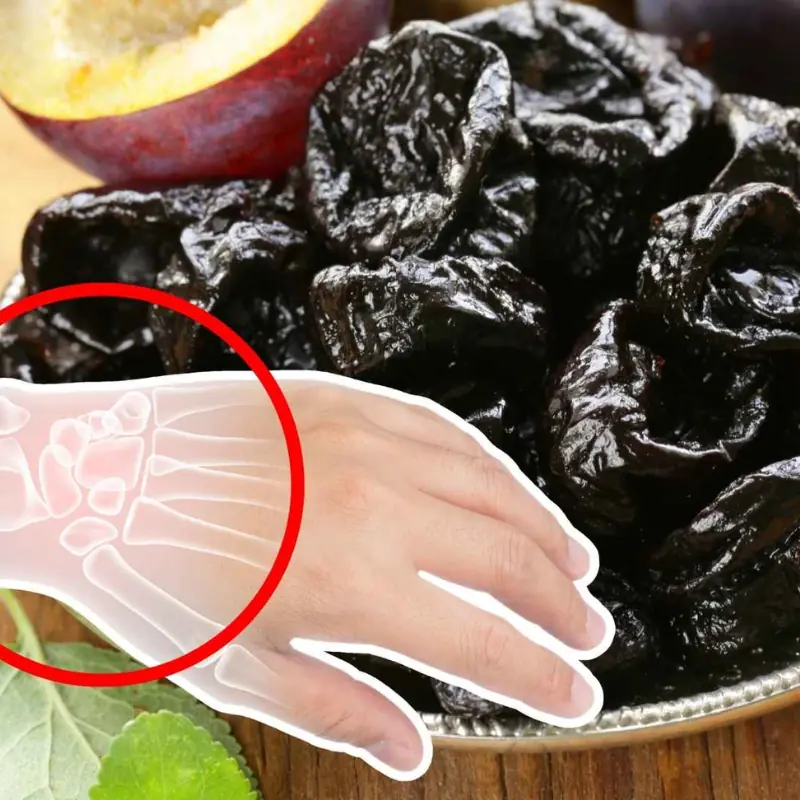
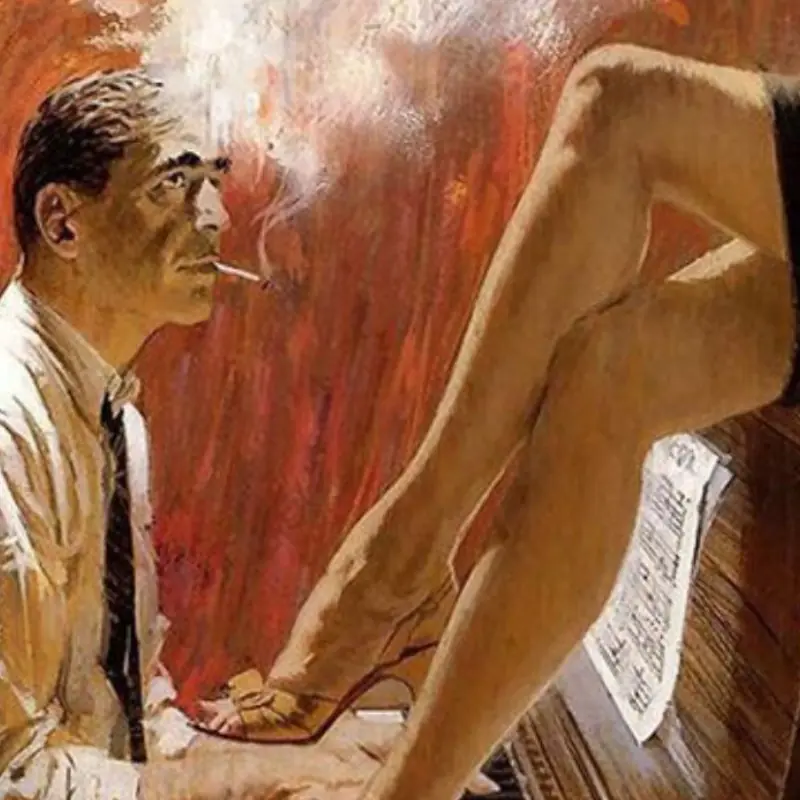
Infidelity doesn’t always end intimacy — and the reasons are complex.

It’s not about looks. These women leave a lasting mark on men’s minds.

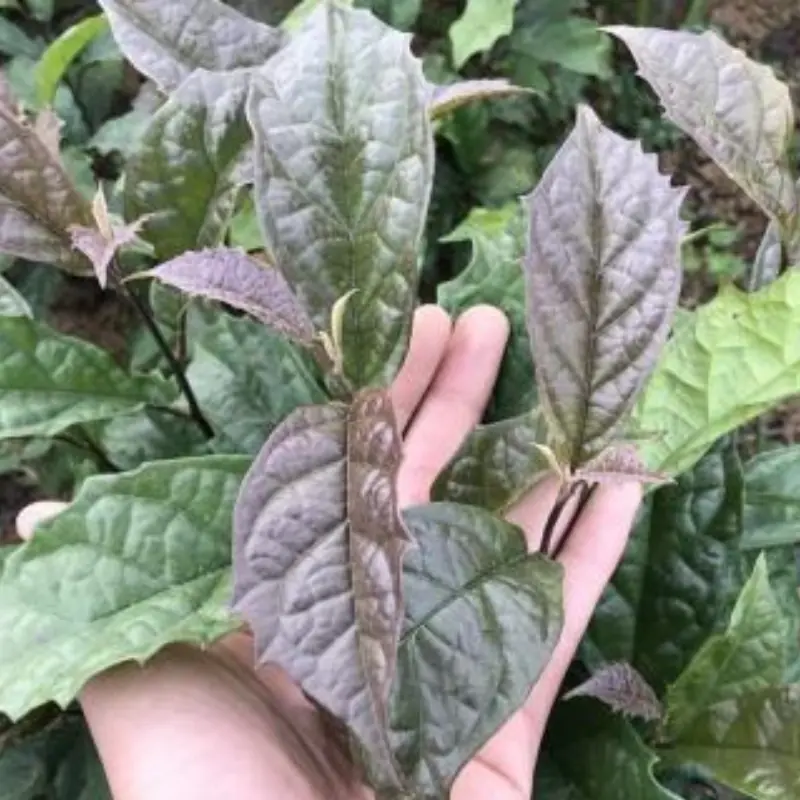
Doctors highlight plant compounds that may help support cancer prevention.

Life experience reshapes love, marriage choices, and expectations after 35.
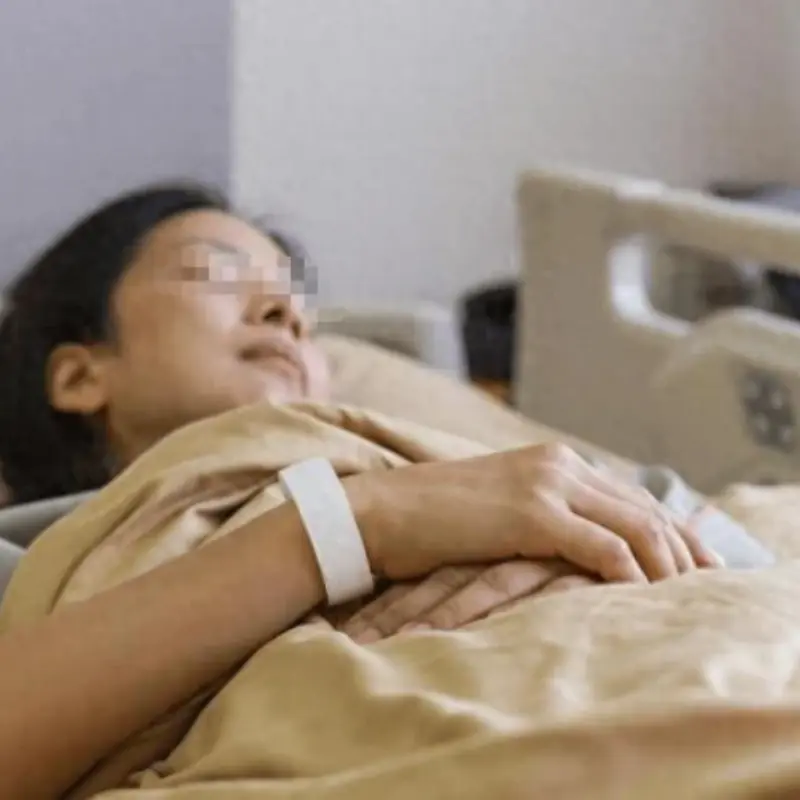
A tragic case highlights everyday habits that may silently harm the pancreas.

Certain habits may increase relationship risks if emotional needs go unmet.

Certain jobs may increase temptation and risk in romantic relationships.
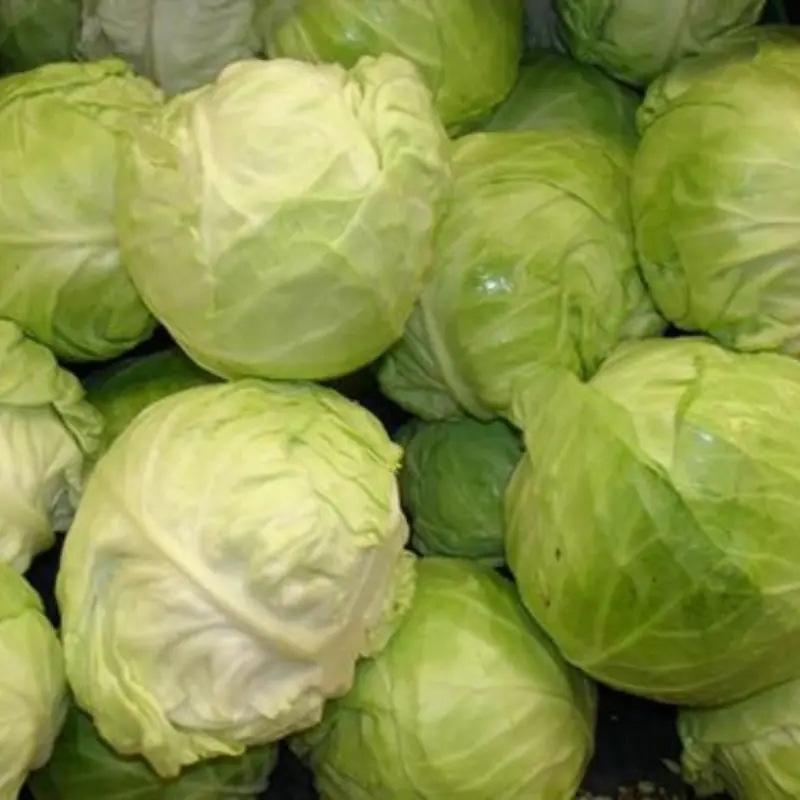
Cabbage is nutritious, but for some people it may pose health risks.
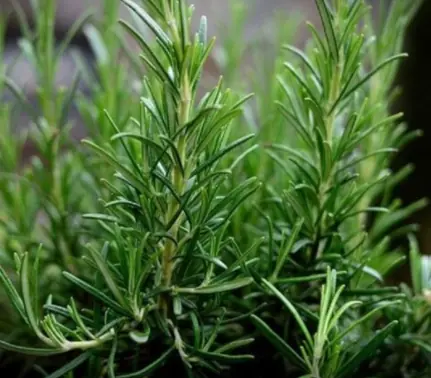
For centuries, rosemary has held a special place in Mediterranean kitchens
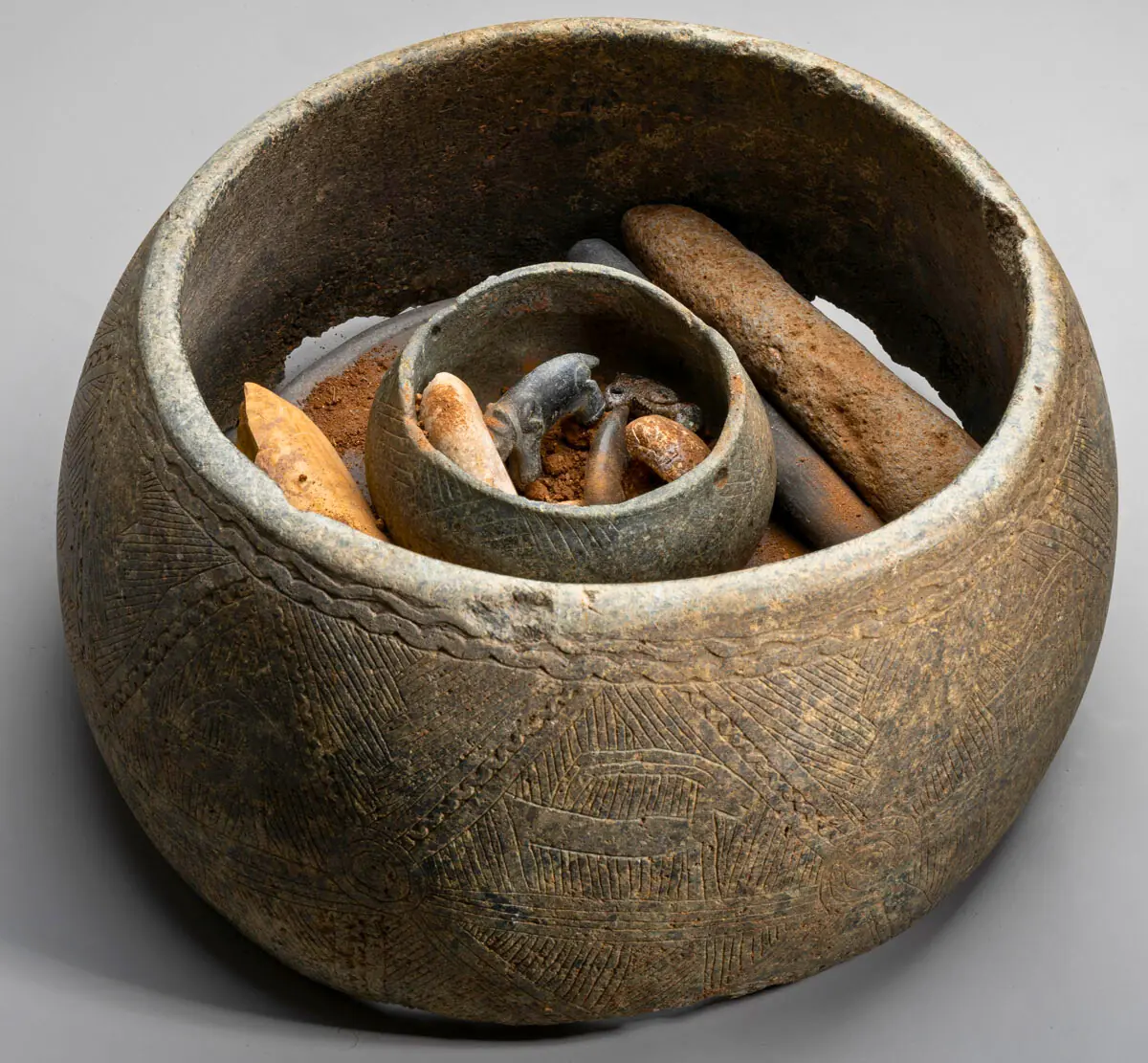
Top 10 Discoveries of 2025

Heat the chicken



The reason you need to poop shortly after eating
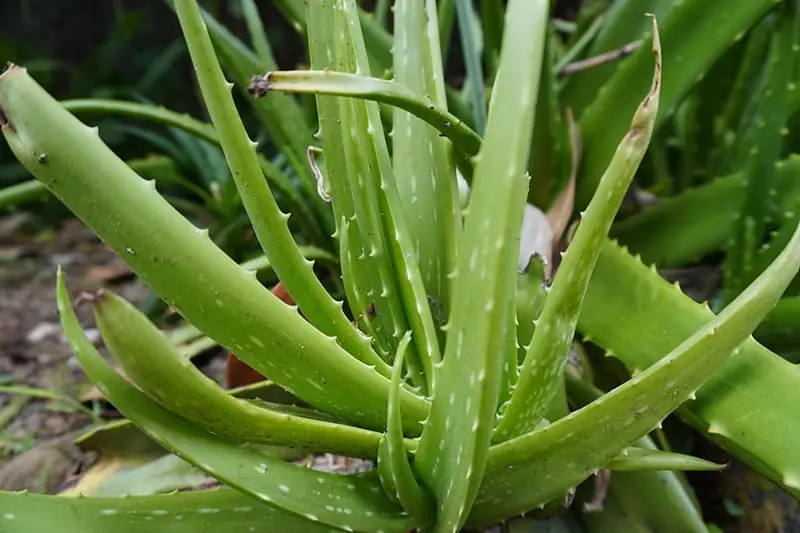
5 powerful plants that help fight formaldehyde and purify indoor air
